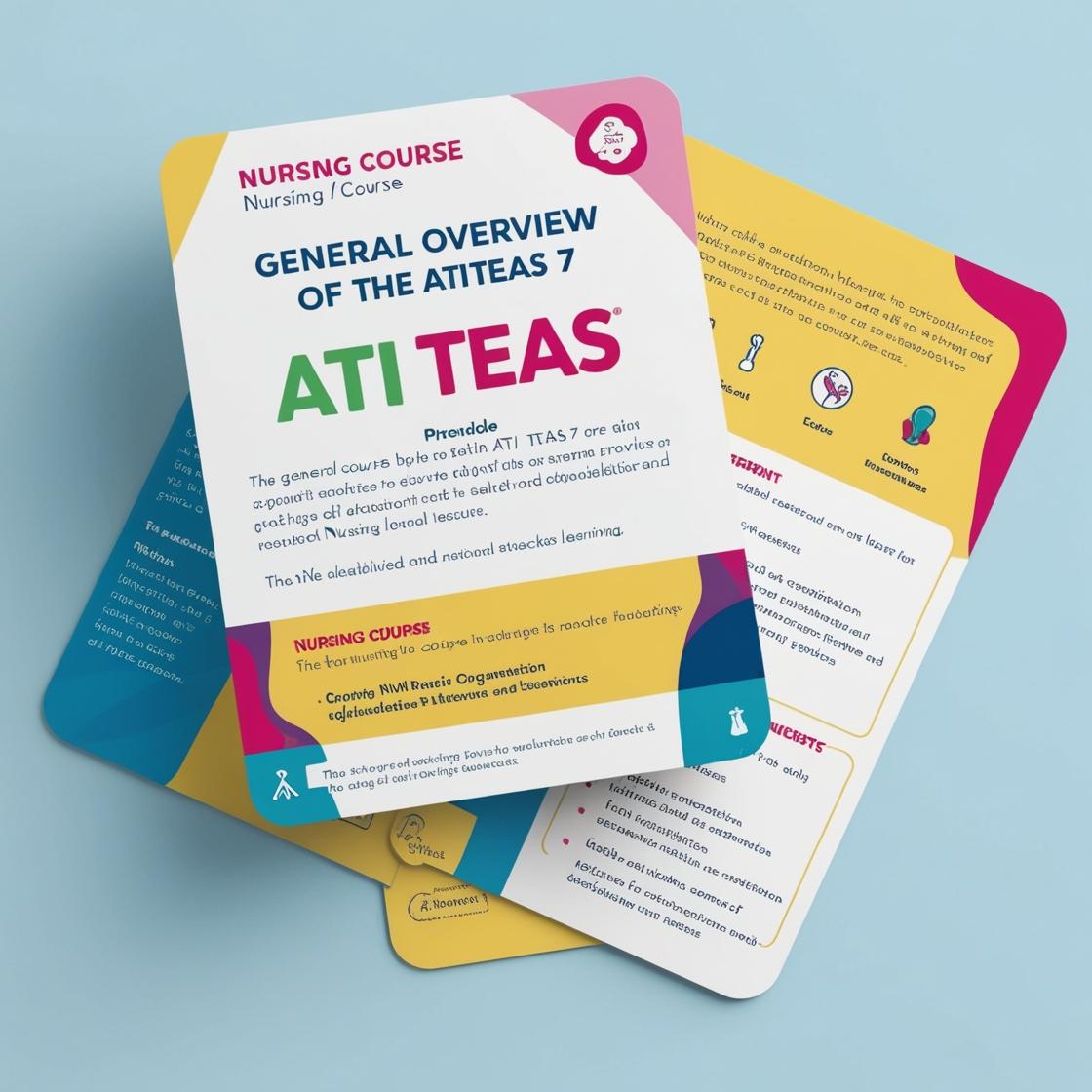ATI TEAS 7
TEAS English Questions
1. Based on the sentence contexts, which is true about the word bark?
- A. It is impossible to tell its meaning because its spelling and pronunciation are the same in both.
- B. The references to the dog in the first sentence and to the tree in the second define its meaning.
- C. "Bark" refers to a sound in the second sentence, and it refers to a plant covering in the first sentence.
- D. The meaning of this word is different in each sentence, but in one of them it is spelled wrong.
Correct answer: C
Rationale: The word "bark" is used in two different contexts in the sentences provided. In the first sentence, "bark" refers to the covering of a tree, while in the second sentence, it refers to a sound made by a dog. Therefore, option C correctly states that "bark" has different meanings in each sentence - plant covering in the first sentence and a sound in the second. Option A is incorrect because the meanings are clear from the context. Option B is incorrect as the meaning is not defined by the references to the dog or the tree but by the context of the sentences. Option D is incorrect because there is no misspelling of the word in either sentence.
2. Which of the following choices would be the best beginning for an essay titled “Scientists Debate: Global Climate Change”?
- A. The Earth is heating up. The polar ice caps are melting, and whole species are going extinct while governments and scientists argue over rules and regulations.
- B. The argument seems to be about whether climate change is really happening and if so, who causes it. Some scientists argue that people are causing the change.
- C. If the Earth heats up, what will our new world look like? Scientists who have dedicated their lives to understanding climate change have projected a series of scenarios that could happen.
- D. While few people can understand all of the issues related to climate change, one thing is sure: scientists do not agree. There seem to be several different views on how to look at climate change data.
Correct answer: C
Rationale: Choice C would be the best beginning for an essay on 'Scientists Debate: Global Climate Change' because it sets the stage for discussion by introducing the potential consequences of Earth heating up and inviting readers to consider the implications. It also highlights the expertise of scientists who have dedicated their lives to understanding climate change, positioning them as credible sources for further discussion on the topic. The other choices either focus on the existing debate without providing a broader context (A and D) or present a narrow view on whether climate change is real and human-caused (B) without delving into the broader implications and discussions within the scientific community.
3. Which version of the sentence is correct grammatically?
- A. I had seen her before, but yesterday was the first time I saw her indoors.
- B. I had saw her before, but yesterday was the first time I seen her indoors.
- C. I had seen her before, but yesterday was the first time I seen her indoors.
- D. I had saw her before, but yesterday was the first time I saw her indoors.
Correct answer: A
Rationale: The correct sentence is: 'I had seen her before, but yesterday was the first time I saw her indoors.' In this sentence, the correct past participle form of 'see' is used, which is 'seen' in the past perfect tense ('I had seen') and 'saw' in the simple past tense ('I saw'). Choices B, C, and D contain incorrect past participle and past tense forms of the verb 'see,' making them grammatically incorrect. Choice A is the only option that uses the correct past participle 'seen' and the correct simple past tense 'saw.' Therefore, it is the grammatically correct version of the sentence.
4. The term anaesthetic refers to medication that causes a temporary loss of feeling or sensation. Based on the meaning of the word in medical usage, what is the most likely meaning of the prefix an-?
- A. without
- B. against
- C. away
- D. before
Correct answer: A
Rationale: In medical terminology, the prefix 'an-' is commonly used to indicate 'without' or 'lack of.' In the word 'anaesthetic,' the prefix 'an-' combined with 'aesthetic' signifies the absence of sensation or feeling. Therefore, based on its meaning in medical usage, the most likely meaning of the prefix 'an-' is 'without.' Choices B, C, and D are incorrect: 'against,' 'away,' and 'before' do not align with the prefix 'an-' as used in medical terms.
5. Which of the following sentences contains proper capitalization?
- A. Last summer, my family went on a trip to Niagara Falls in New York.
- B. Last summer, my family went on a trip to Niagara Falls in New York.
- C. Last summer, my family went on a trip to Niagara Falls in New York.
- D. Last summer, my family went on a trip to Niagara Falls in New York.
Correct answer: C
Rationale: The correct sentence follows proper capitalization rules where the words 'summer,' 'Niagara Falls,' and 'New York' are capitalized appropriately. In options A, B, and D, there are inconsistencies in capitalization where either 'summer,' 'Niagara Falls,' or 'New York' are not capitalized correctly. Therefore, option C is the correct choice.
Similar Questions

Access More Features
ATI TEAS Premium Plus
$149.99/ 90 days
- Actual ATI TEAS 7 Questions
- 3,000 questions with answers
- 90 days access
ATI TEAS Basic
$99/ 30 days
- 3,000 Questions with answers
- 30 days access
